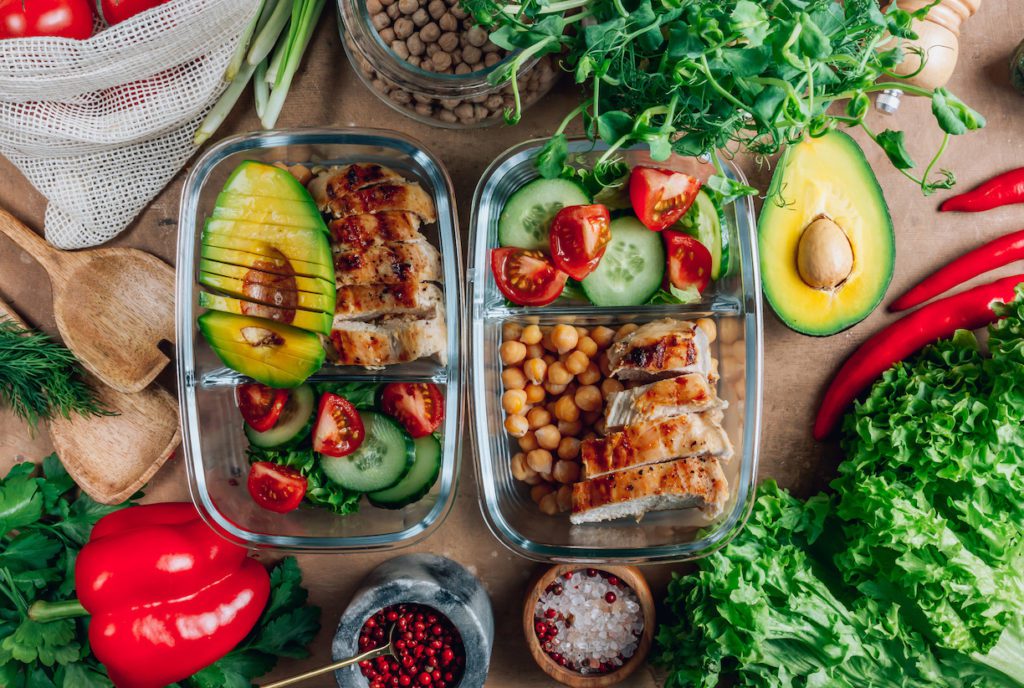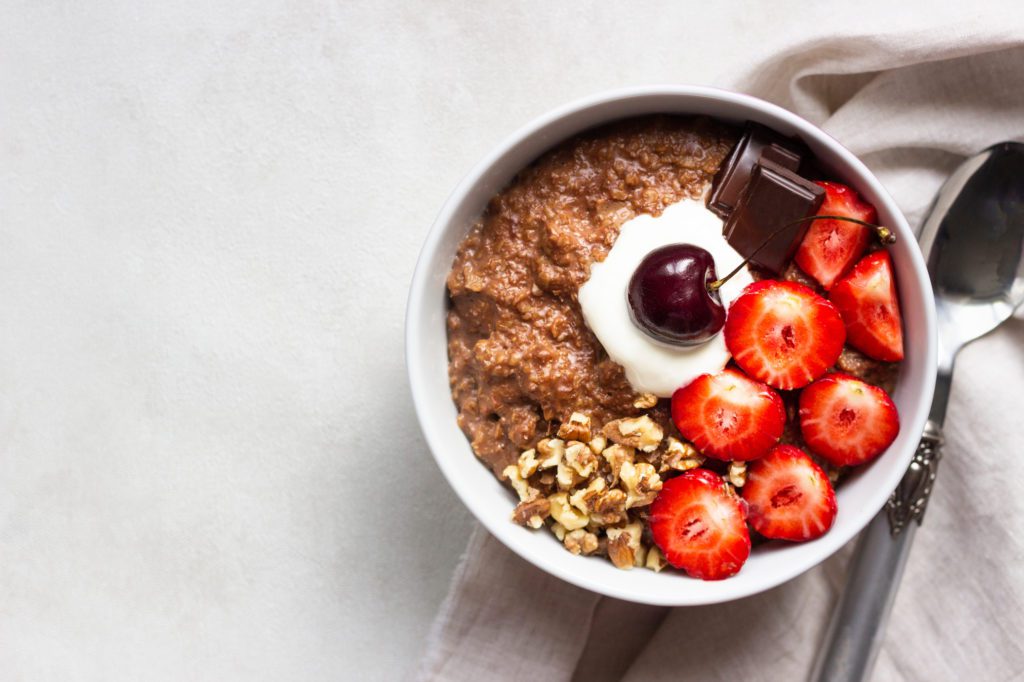
Joints and Bones – how they work and when things go wrong
If we did not have bones, then we would have no structure to our body. If we did not have joints, we’d be unable to move. Joints are areas in our skeleton where 2 bones meet. They are cleverly designed to bend and flex to allow us to move with ease. This blog takes a look at joints and bones – how they work and when things go wrong.

What are joints made of?
There are hundreds of joints in the human body. The foot, ankle, knee, hip, shoulder, elbow, wrist, hand, neck, spinal column and head all contain joints. We have different types of joint at different locations, depending on the movement required in that area. The suture joints of the skull, for example, do not require movement after birth and are therefore fixed. By contrast, ball and socket joints, such as hips and shoulders, allow for rotation in all directions. Some joints allow a hinge motion, like the knees, ankles, fingers and toes, whilst others, like the neck and wrists, pivot and glide.
These words – hinge, pivot and glide – conjure up fluidity and grace. What allows for this smooth movement in the joint structure?
Cartilage and other joint elements
The surface of bones where they meet in a joint are covered with cartilage. Cartilage is a tough, slippery layer, made up of special cells that produce collagen, proteoglycans and specialised proteins. Water is attracted to the cartilage, providing a fluid shape which in turn, enables smooth motion. It is the cartilage that is responsible for reducing the friction in in joint when moving, as well as acting as a shock absorber.
As well as the cartilage, most of the joints of interest when it comes to osteoarthritis have synovial membranes, which line and seal the joint. This membrane secretes a fluid called synovial fluid. The fluid is a clear, sticky substance that acts as lubricant to the joint as it moves and also as a pool through which nutrients and waste products can pass.
There are more elements to our joints, but these are the main ones. What in turn, are these elements made of?
Building blocks for joints

Bone
Let’s start with bone. Despite their strong, rigid structure, bone is a living tissue, being constantly broken down and replaced. Fun fact – the whole skeleton is replaced every 10 years or so! Calcium and Vitamin D are well known – and important – for bone health. But there is so much more to it than that. Magnesium, Vitamin C and K, manganese, boron, B vitamins and zinc – the list could go on – all play a role. As so often with the human body, it is complex. All of these elements are available in our daily diets however. If we are not getting enough of these ingredients, then over time, our bones become brittle and more prone to fracture. This includes joint areas.
For more on bones, click here.
Fun fact – the whole skeleton is replaced every 10 years or so!
Cartilage
Next up, cartilage. Cartilage is formed of collagens (mostly Type II collagen), proteoglycans and other specialised proteins.
When things go wrong
Despite its tough nature, cartilage can become thinner or damaged. This can occur through injury, wear and tear with age or use and during some disease processes, such as rheumatoid arthritis. Cartilage does not contain nerves, so does not in itself generate pain. It is when the bones of the joints start to rub against each other, because of cartilage degeneration, that the pain is felt.
The lack of blood vessels in cartilage means that it does not repair itself very well. A limited amount of new cartilage may be laid down but in the case of significant injury or damage, the repair processes will fail to return the joint to optimal levels.

Synovial membrane and fluid
The synovial membrane is a connective tissue which encases the joint and is responsible for producing key components of the synovial fluid. This area of a joint comprises collagens, hyaluronic acid, chondroitin sulphate and other proteins. A healthy knee joint contains less than 1 teaspoon of synovial fluid.
When things go wrong
When we are at rest, our cartilage absorbs some of the synovial fluid. Upon movement, the cartilage releases the fluid again to ensure lubrication and comfort. Think of the cartilage as acting like a sponge – overnight, it soaks up the fluid, in the morning, with movement, it squeezes the fluid out. Movement therefore is essential – and lack of it a problem.
A healthy knee joint contains less than 1 teaspoon of synovial fluid
When cartilage becomes damaged, the body responds by increasing the production of synovial fluid. This excess fluid can cause distension and accompanying pain.
What keeps joints healthy?
It is clear from the ‘ingredient’ list that form bones and joints, that food and nutrition have a role to play. We can eat our way to a strong skeletal structure. Focusing on a broad range of foods, with good quality proteins, foods high in essential fatty acids such as oily fish, and a riot of colour, will all play a role in keeping your bones and joints as healthy as possible. Supplementation can play a role, but this needs to done under the care of a nutrition professional who can check for any interactions with medications.
Joints and bones – If you have been diagnosed with osteoarthritis and are looking for more information, check out these blogs posts:
If your would like to discuss your own situation with arthritis and how nutrition and lifestyle changes may be able to help, you can book a free call with me. Together, we will work out where you can make changes to improve your quality of life. My clients report that they feel hopeful, often for the first time in years, following a consultation with me. Call me to find out more.
If you are looking for some recipes, grab a free eBook with 10 delicious recipes focusing on cruciferous vegetables. Good for our livers and the creation of the master antioxidant, glutathione, which can help modify pain. Get it here!
